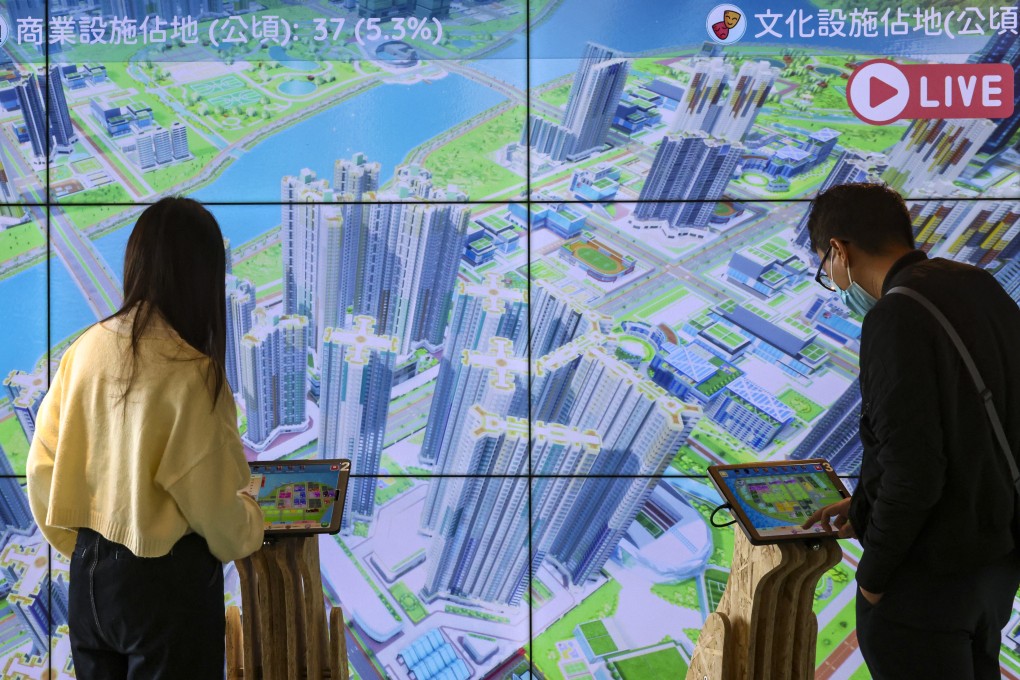Letters | How smart technology can address public concerns over Lantau reclamation plan
- Readers discuss a marine life database for Hong Kong, and the city’s roll-out of the e-toll system

To better engage the public and address concerns about the reclamation project, the government could establish a marine life database to facilitate its plans for and the monitoring of the natural resources affected, and to compare changes in marine life before and after reclamation.
Last month, the Agriculture, Fisheries and Conservation Department and the Swire Institute of Marine Science at the University of Hong Kong signed a memorandum of understanding to collaborate on the management and dissemination of marine biodiversity data via the Biodiversity Geographic Information System (BGIS) expected to be launched next year. This repository of data will foster better understanding and conservation of the city’s wealth of biodiversity.
Further, to create synergy for the conservation efforts of the different government departments – such as the AFCD, Civil Engineering and Development Department, and Development Bureau – the authorities could use the existing Common Operational Picture digital platform, with geospatial information to enable departments to better coordinate conservation efforts.